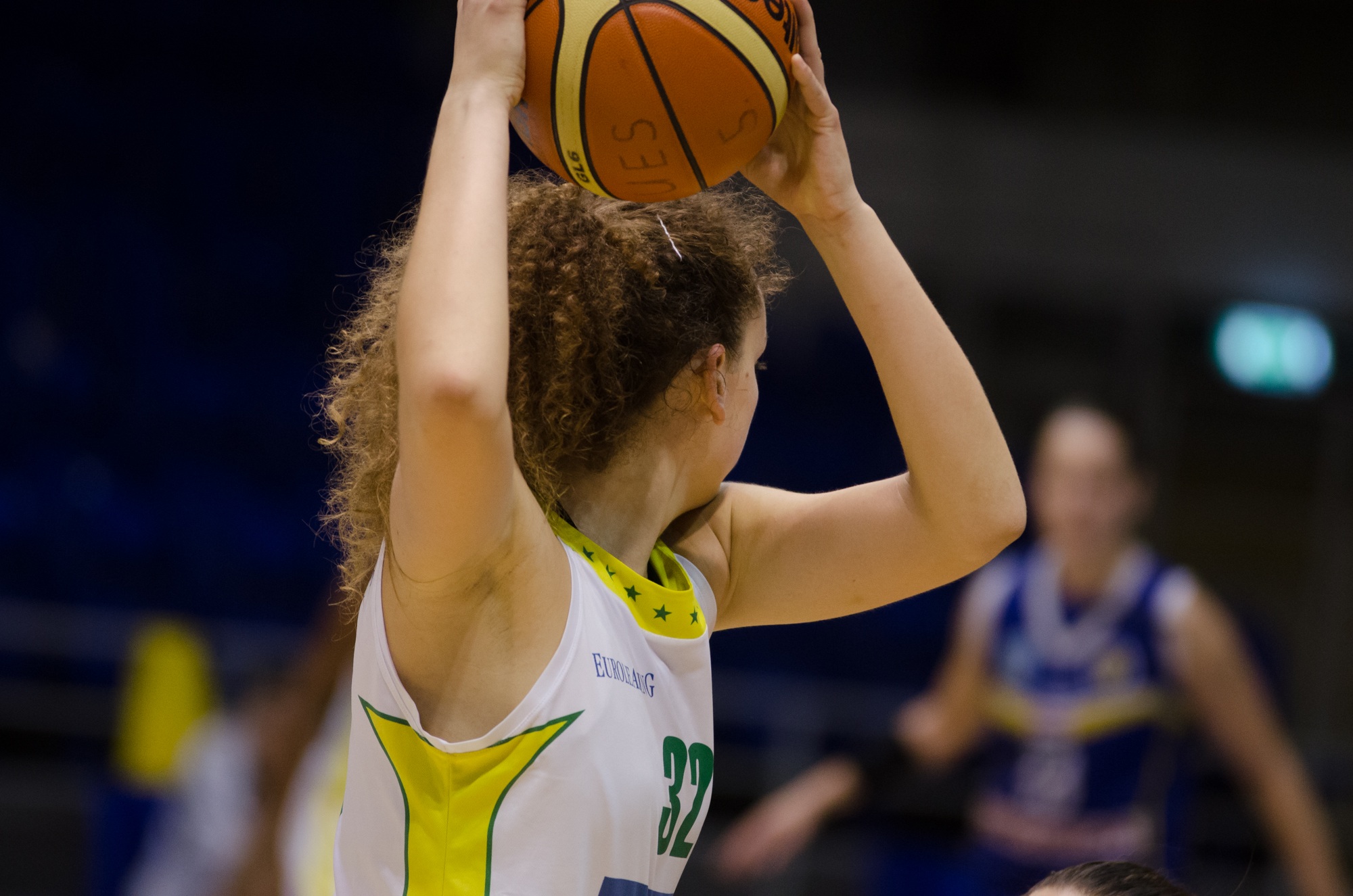For more than thirty years, the concept that training adaptations are specific to the velocities of the training has been popular in strength and conditioning circles. This provides the justification behind plyometrics, the Olympic lifts, and performing exercises explosively in the weight room. Tillin and Folland, in the February issue of the European Journal of Applied Physiology, studied the impact of training forced on either maximal strength or on explosive strength. They used recreational college-aged males that had not recently participated in strength training as subjects. This study consisted of four weeks of training, four times per week, of unilateral isometric knee extensions. The subjects were divided into two groups:
1. Maximal strength group: 4 sets of 10 contractions, 2 minutes rest between each set, 2 seconds rest between each repetition. Reps were done at 75% of maximum voluntary force. Take a second to increase force production, hold for 3 seconds, and relax for 2 seconds.
2. Explosive strength group: 4 sets of 10 contractions, 2 minutes rest between each set, 5 seconds rest between each repetition. Reps were done at 90% of MVF, “fast and hard,” with the goal being to achieve this in less than a second.
After four weeks of training:
• Both groups increased their maximum voluntary force. The maximal strength group increased theirs by more than 20%, the explosive strength group by more than 10%.
• When measured in terms of time intervals after the onset of force production, both groups increased their force production at 50 milliseconds, 100 milliseconds, and 150 milliseconds. However, the maximal strength group only increased by 3-7%, the explosive strength group increased by 13-54%, with the biggest jump being at the 50 millisecond mark.
• When measured in terms of time intervals after the onset of force production, both groups had a different reaction in terms of what percentage of their maximum they were generating. After four weeks of training, the maximal strength group reduced the percentage of maximum that they produced at each time interval after force onset (basically a 10-13% reduction at each time interval), whereas the explosive group increased the percentage of maximum that they were able to produce at each time interval by 2% at the later times and 36% 50 milliseconds after onset.
This study is not without limitations, which I’ll discuss later, but it is interesting from the standpoint that it shows two very different adaptations as a result of training. Both groups increased strength. However, the maximal strength group clearly increased their strength the most. The interesting difference, is that the group that trained explosively got better at producing force over time particularly right after the onset of force application. In other words, each group improved the qualities that it was training for. This reinforces the idea of setting up training to achieve certain goals and cautions that adaptations don’t just happen.
Now, the study has limitations that should be kept in mind when applying the results to athletics. First, trained athletes aren’t used in the study – this makes applying the results challenging. Second, the training protocol is not one that would be used in the real world. In real sports, isometrics won’t be used and an approach to training that uses strength and explosive training would be used. Third, it’s unclear if a unilateral, single-joint exercise like the knee extension will elicit the same results that a multi-joint movement (like a squat, jump, or power clean would). Finally, many strength coaches will look at the training protocol and be confused that the “strength” group is training with lighter weights than the “explosive” group, this seems to run counter to current coaching practices.
One interesting thing that this study brings up, the idea of velocity specificity. Velocity specificity states that the gains made from exercise are specific to the velocity that the exercise is performed at. In other words, training slowly makes you better at slow speeds but not necessarily at fast speeds. This has been a pretty major tenant of strength and conditioning for a long time (I’m even been a proponent), but there’s not a lot of research that bears this out. However, this study does although it’s different to translate the results outside of isometric exercise protocols.
Tillin, N.A. and J.P. Folland. (2014). Maximal and explosive strength training elicit distinct neuromuscular adaptations, specific to the training stimulus. European Journal of Applied Physiology, 114: 365-374.



